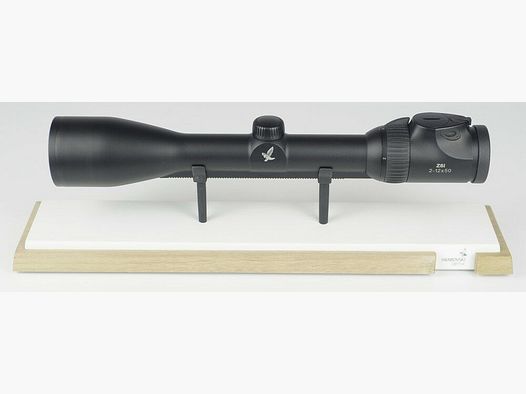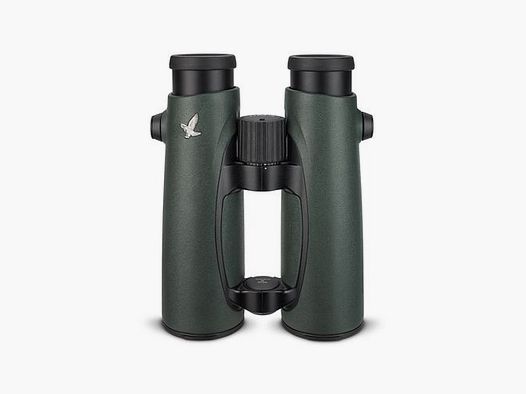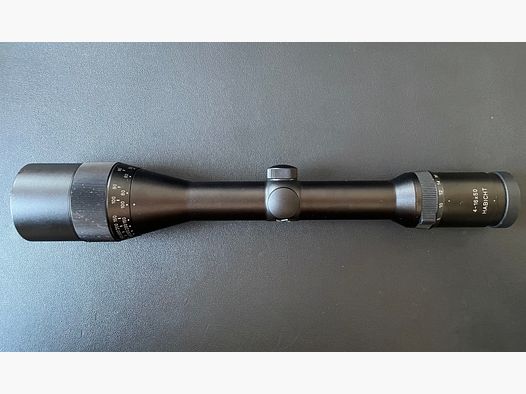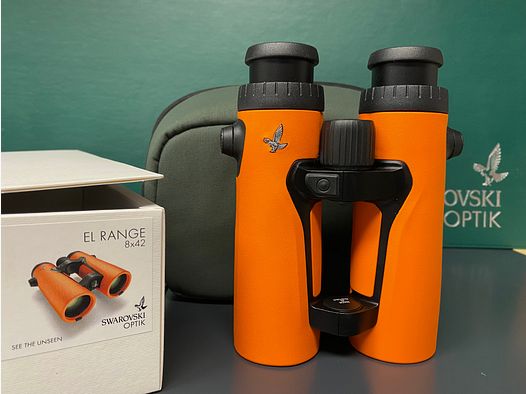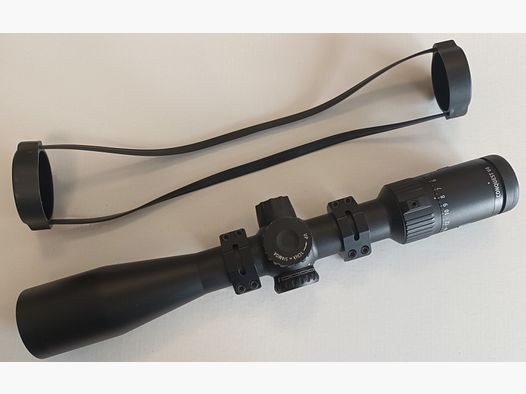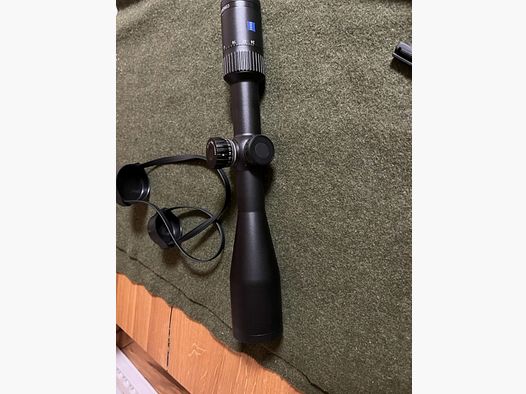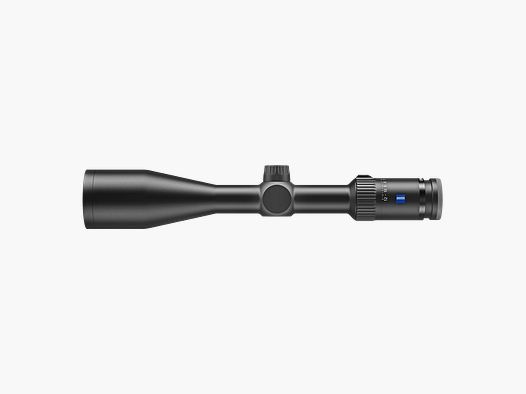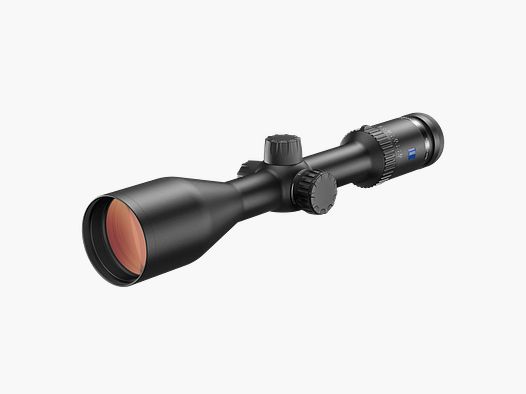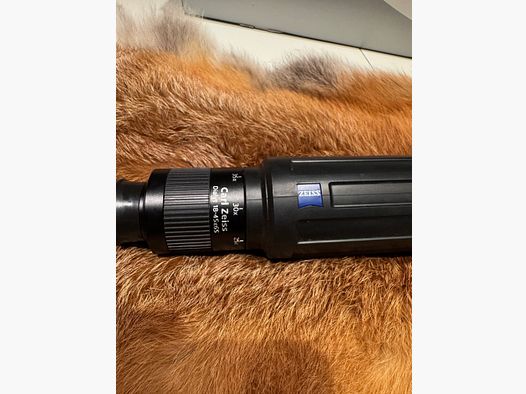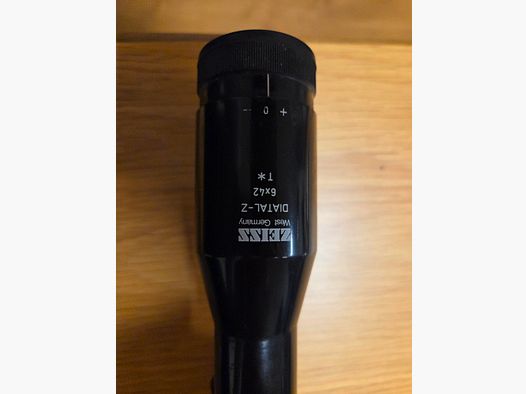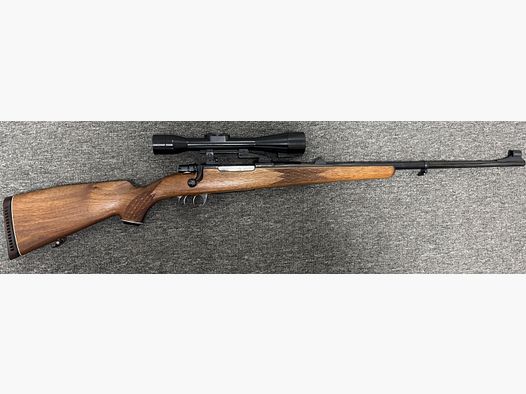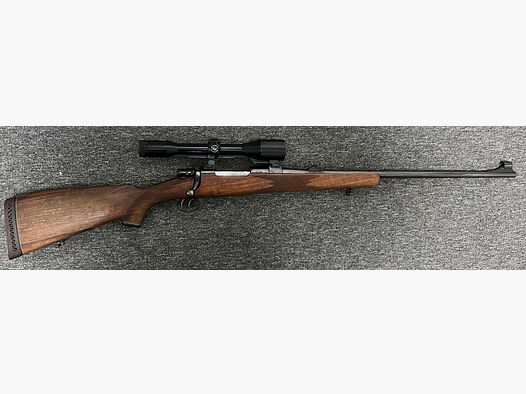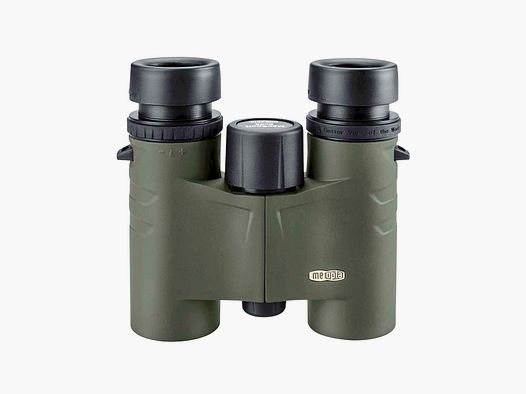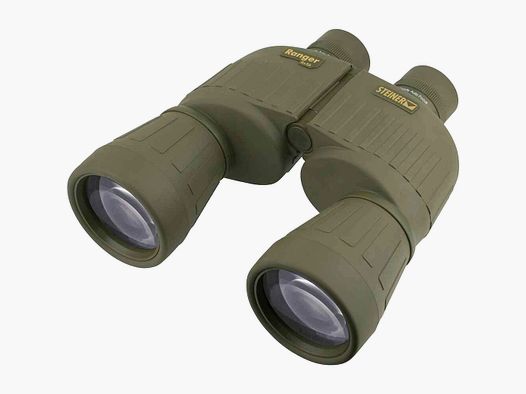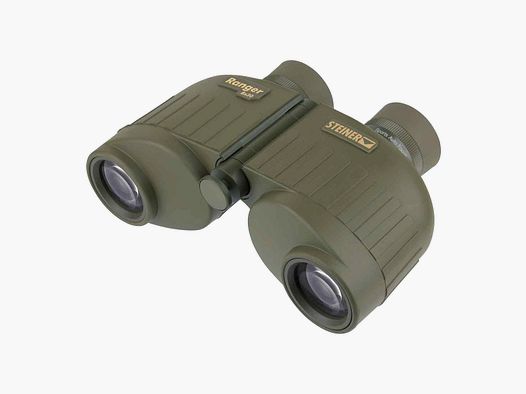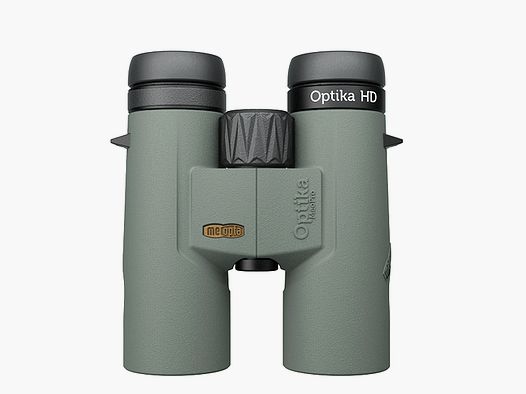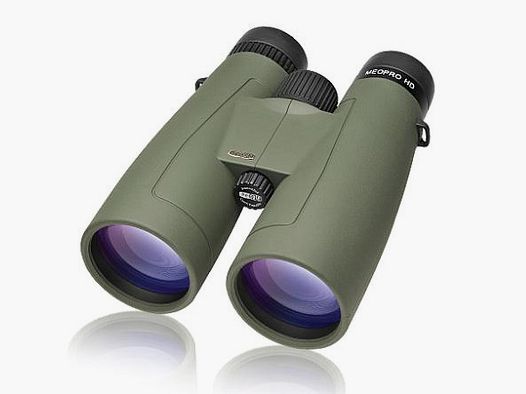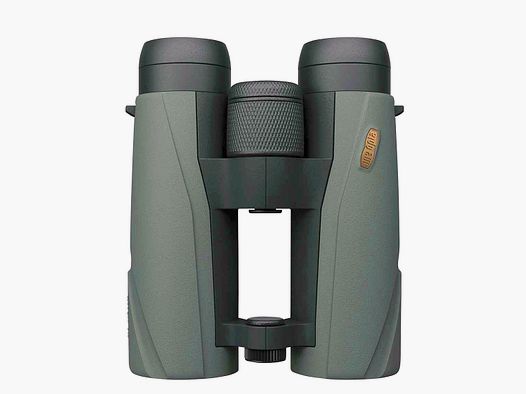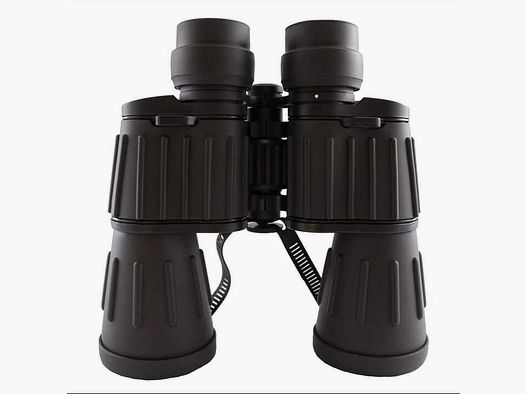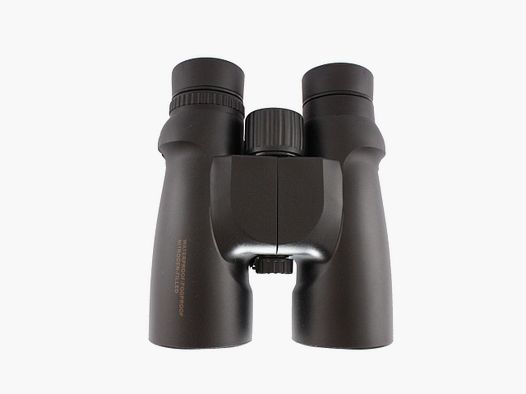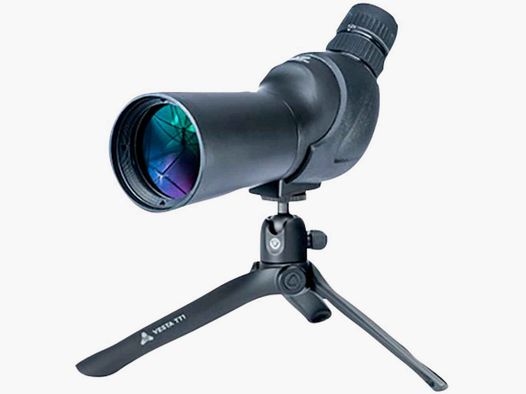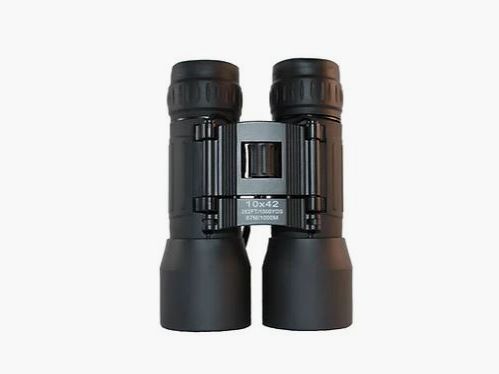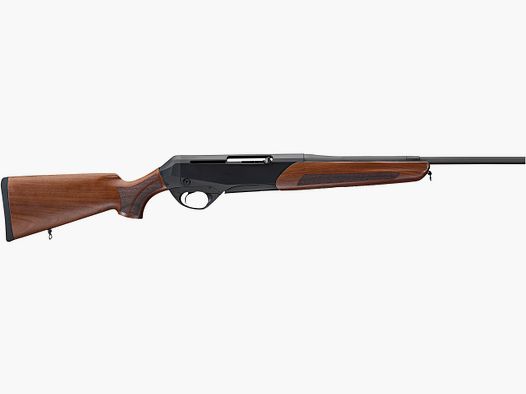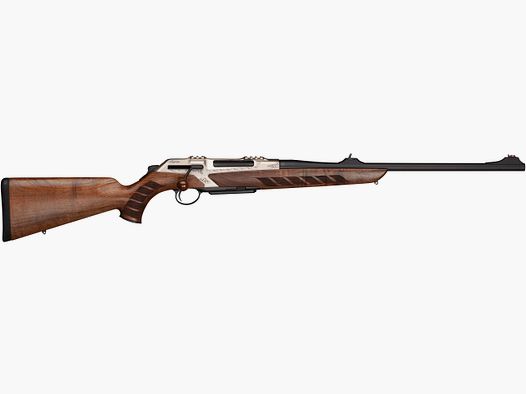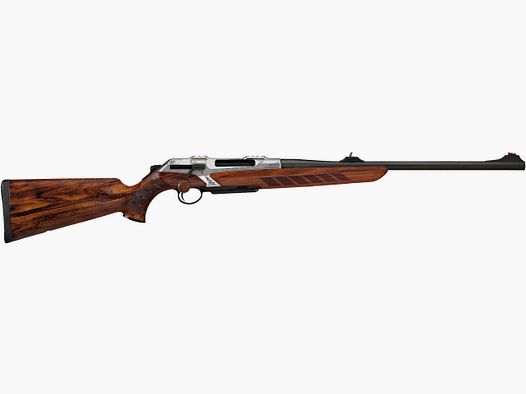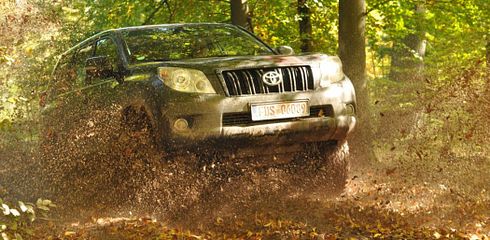Choosing the Right Binoculars for Hunting
Categorization of Binoculars
Depending on specific requirements and preferred hunting style, the choice of binoculars can vary greatly. Binoculars that offer high magnification and high twilight numbers are usually heavier, which can be a disadvantage depending on the hunting situation.
Daytime Binoculars
These are optimal for use from dawn to dusk. With an objective lens diameter of 32 mm and a magnification of 10x to 12x, they offer a good balance between performance and portability. They are particularly suitable for longer hiking trips, where low weight and compactness are crucial.
Universal Binoculars
With an 8x magnification and an objective lens diameter of 42 mm, these binoculars are versatile. They are especially suitable for twilight – an important time for many hunters. Their strength lies in good handling and relatively light weight, making them ideal for stalking.
Night Binoculars
These are characterized by their large objective lenses (starting at 50 mm) and a weight that exceeds that of universal binoculars. They allow for the recognition of details even in moonlight. Due to the high demands on optical quality, they are often the most expensive option in the range.
Price Range for High-Quality Binoculars
The prices for binoculars can vary greatly. While top models from brands like Swarovski or Zeiss often cost several thousand euros, there are also high-quality binoculars from other manufacturers like Steiner at more moderate prices. For beginners, models priced up to about 150 euros are recommended, which already provide good service for sitting and stalking.
Technical Aspects and Their Importance
Field of View and Its Relevance
The field of view of a binocular, often stated as "100 m / 1000 m", describes how large the area is that can be seen at a distance of 1000 m without moving the binoculars. The higher the magnification, the smaller the field of view becomes. This can be particularly challenging with moving targets and makes lower magnification advantageous.
Twilight Performance vs. Twilight Number
Twilight Performance: This indicates how well the binocular performs under poor lighting conditions such as twilight. It takes into account factors like objective size, brilliance, contrast, and the quality of workmanship.
Twilight Number: A technical value calculated as the square root of the product of magnification and objective diameter. It indicates whether a binocular is suitable for use at night, with a number over 15 recommended for night binoculars.
Image Brightness and Its Optimization
Image brightness is determined by the size of the objective lenses, with high light transmission ensuring a clear view. The transmission, which indicates what proportion of light passes through the binoculars, should ideally be between 90-95% to ensure optimal viewing conditions.
The Best Choice When Buying Binoculars
The choice of the right binoculars largely depends on personal hunting habits and preferences. It is advisable to start with a more affordable model and evaluate one's needs over time. Comprehensive research on platforms like Gunfinder, eGun, Auctronia, or Jagdwelt24 can help find the right binoculars.








